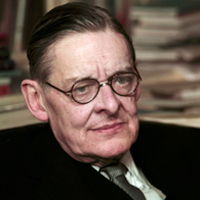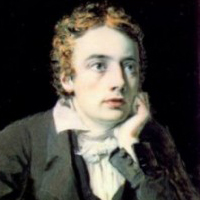Preludes by T. S. Eliot: Summary
'Preludes' is a chain of four short poems composed by T. S. Eliot which was published in his first collection, Prufrock and Other Observations, in 1917. The first poem in 'Preludes' is a winter evening scene at six o'clock. The smell of steak cooking in passageways tells us it is dinner time. A brilliant image expresses the evening as the stub-end of the "smoky days". A wind is bringing a hint of rain and blows withered leaves from here to there. Newspapers are blown away across the street. The detail could well be taken from an American city. A cab-horse sweats ("steams") and stamps its feet at the corner of the street. The gas-lights are lit. The prelude I concludes with the scene of night and the lightening of the street lamps.

